Oura’s recent acquisition of Veri underscores its ambition to expand beyond just sleep and activity tracking in their ring wearables. Veri specializes in metabolic health monitoring, providing insights by continuously monitoring blood glucose levels through a small sensor worn on the arm. This sensor, combined with data on diet, sleep, and physical activity, offers users a comprehensive overview of their metabolic health and habits, allowing Oura to enhance its holistic health-tracking capabilities.

Why This Matters for Oura:
By integrating glucose monitoring, Oura can extend its insights from just sleep, heart rate, and activity to a more complete picture of metabolic health. This will enable Oura to provide even more personalized and actionable health guidance, giving it an edge in the competitive wearable market, particularly in the increasingly competitive space of wearable rings and wearables in general.
Continuous Glucose Monitoring (CGM):
CGM devices track glucose levels throughout the day, offering insights into how diet, exercise, and other lifestyle factors impact blood sugar. While traditionally used by diabetics to manage their condition, CGM has gained interest among non-diabetics. Many are using CGM to track glucose spikes and dips, which can inform dietary choices, improve athletic performance, and optimize general wellness. All mainstream CGM sensors are invasive at this point, meaning they must penetrate the skin, albeit often with a very small needle, to collect data.
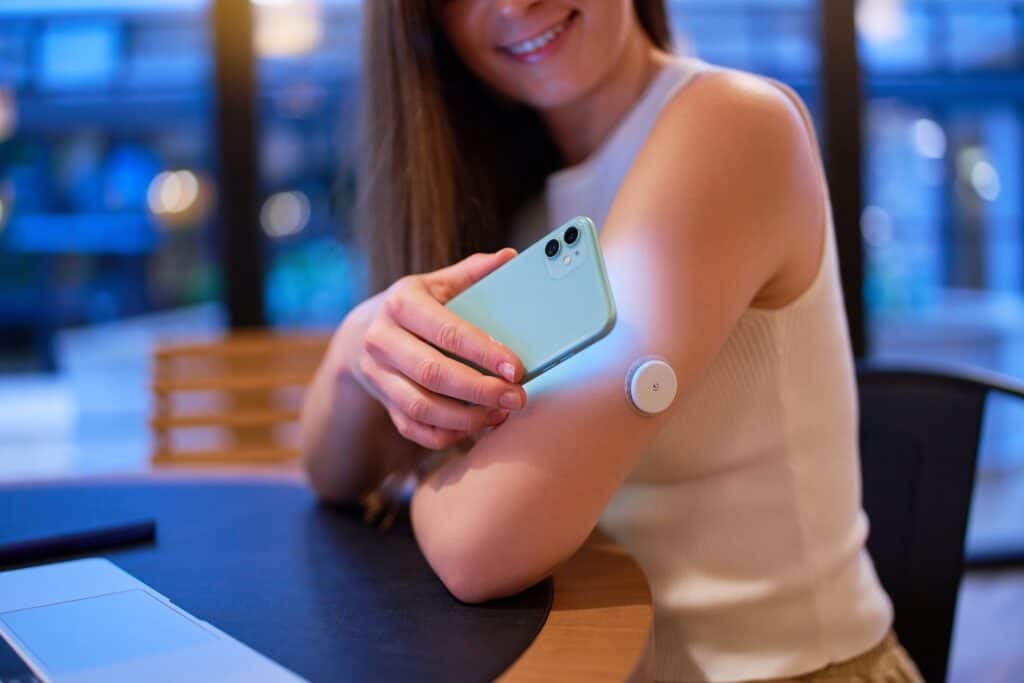 A woman with a continuous glucose monitor on her arm
A woman with a continuous glucose monitor on her arm
Future of Non-Invasive CGM:
Non-invasive CGM technology, which eliminates the need for needles and sensors inserted under the skin, is an ongoing focus for companies like Apple, Samsung, and others. However, this technology is still in development and likely a few years away from mainstream adoption. If and when it arrives, it could revolutionize wearable devices by allowing users to continuously monitor glucose levels without the discomfort and costs of current invasive methods.
Strategic Opportunity for Wearable Companies:
As non-invasive CGM technology continues to evolve, wearable companies like Garmin, Apple, Whoop, and others will have a huge opportunity to integrate glucose monitoring into their devices. For Oura, the acquisition of Veri positions the company to stay ahead of the curve, offering metabolic insights sooner than competitors. This move also aligns with Oura’s mission of giving users a more complete picture of their health, making it a strategic investment for them in the future of wearable health tech.

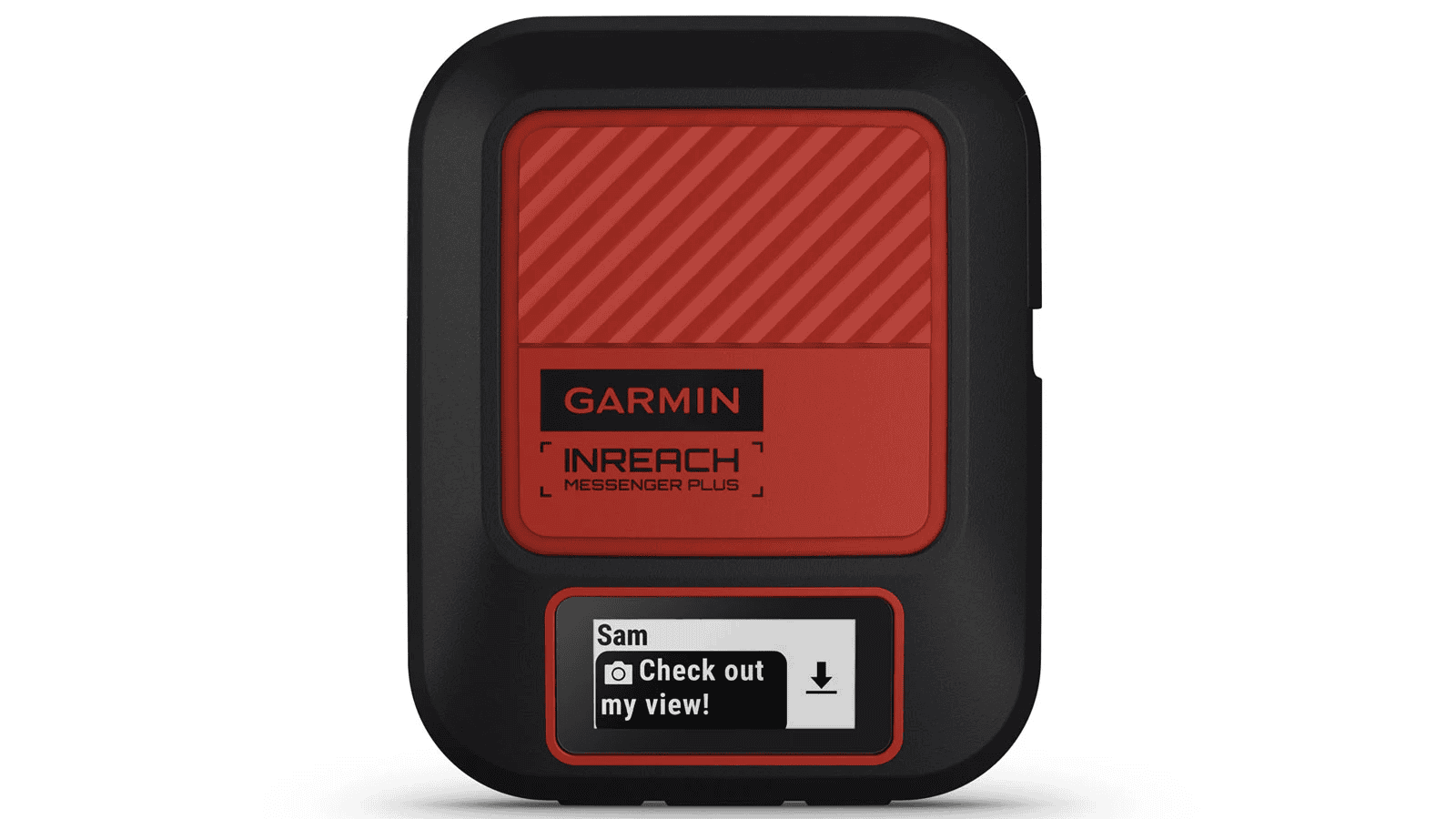
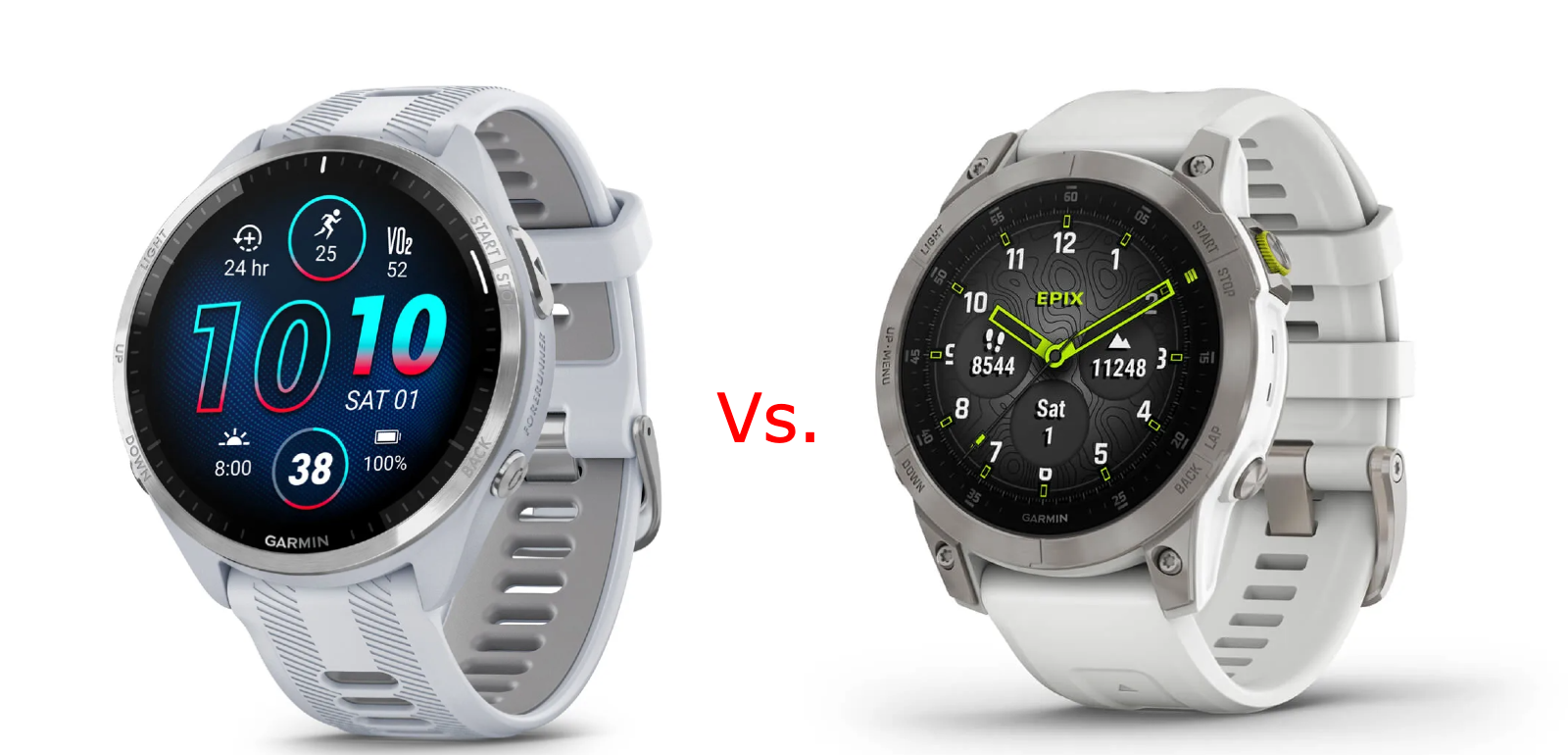



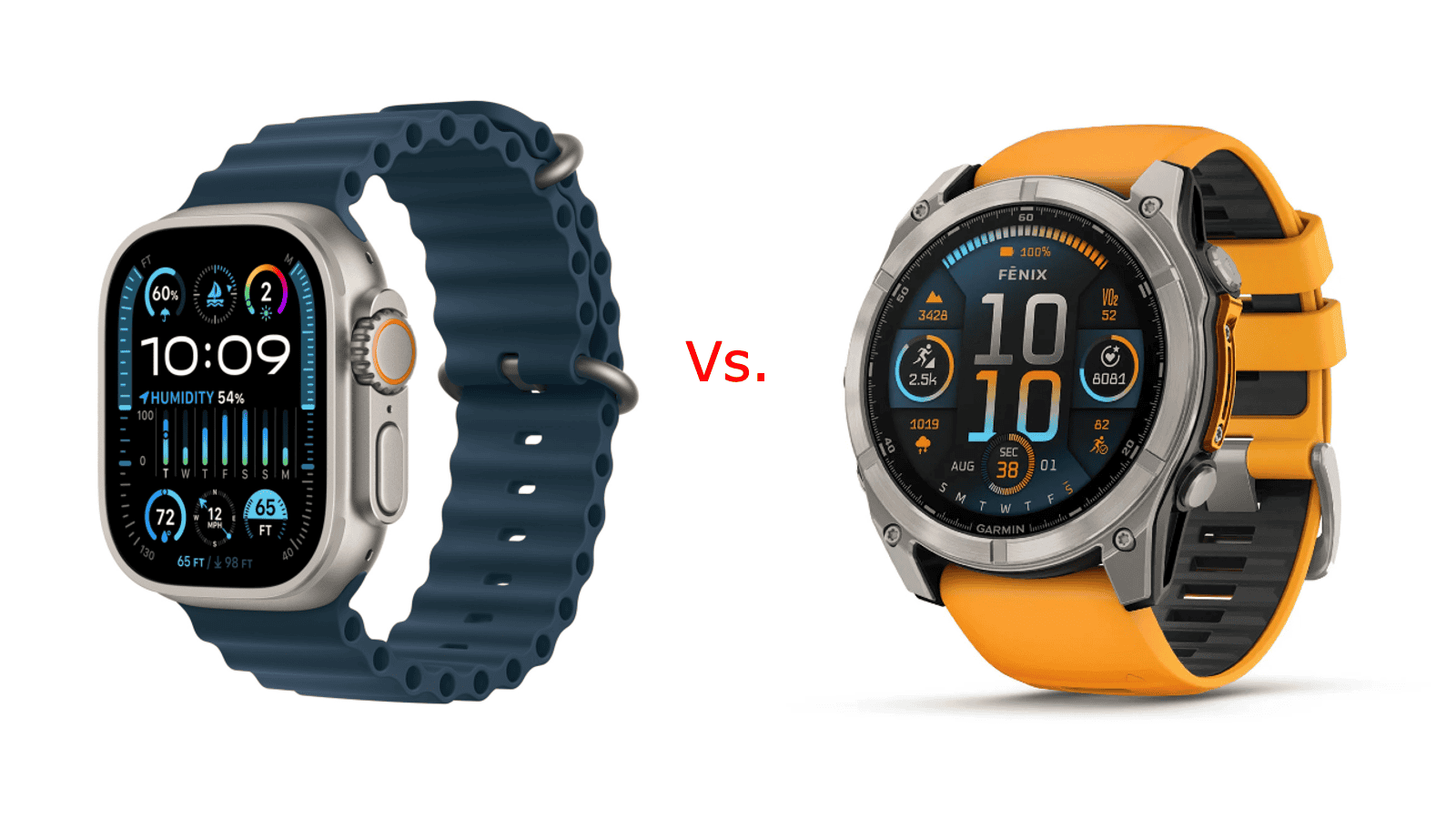
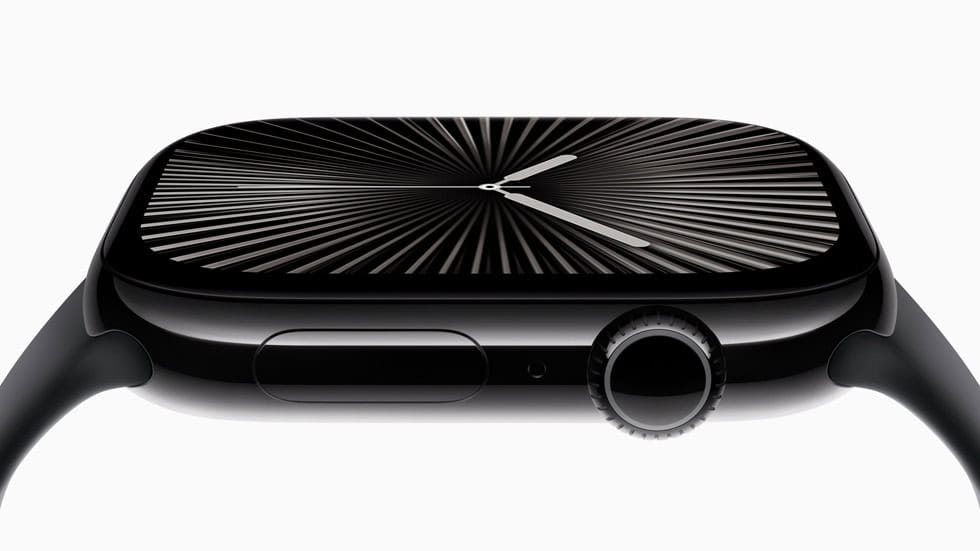
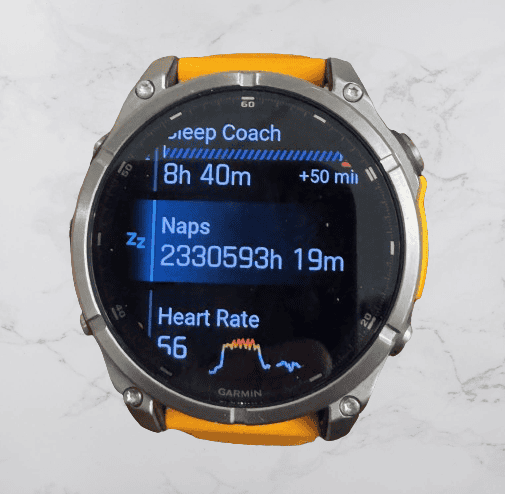
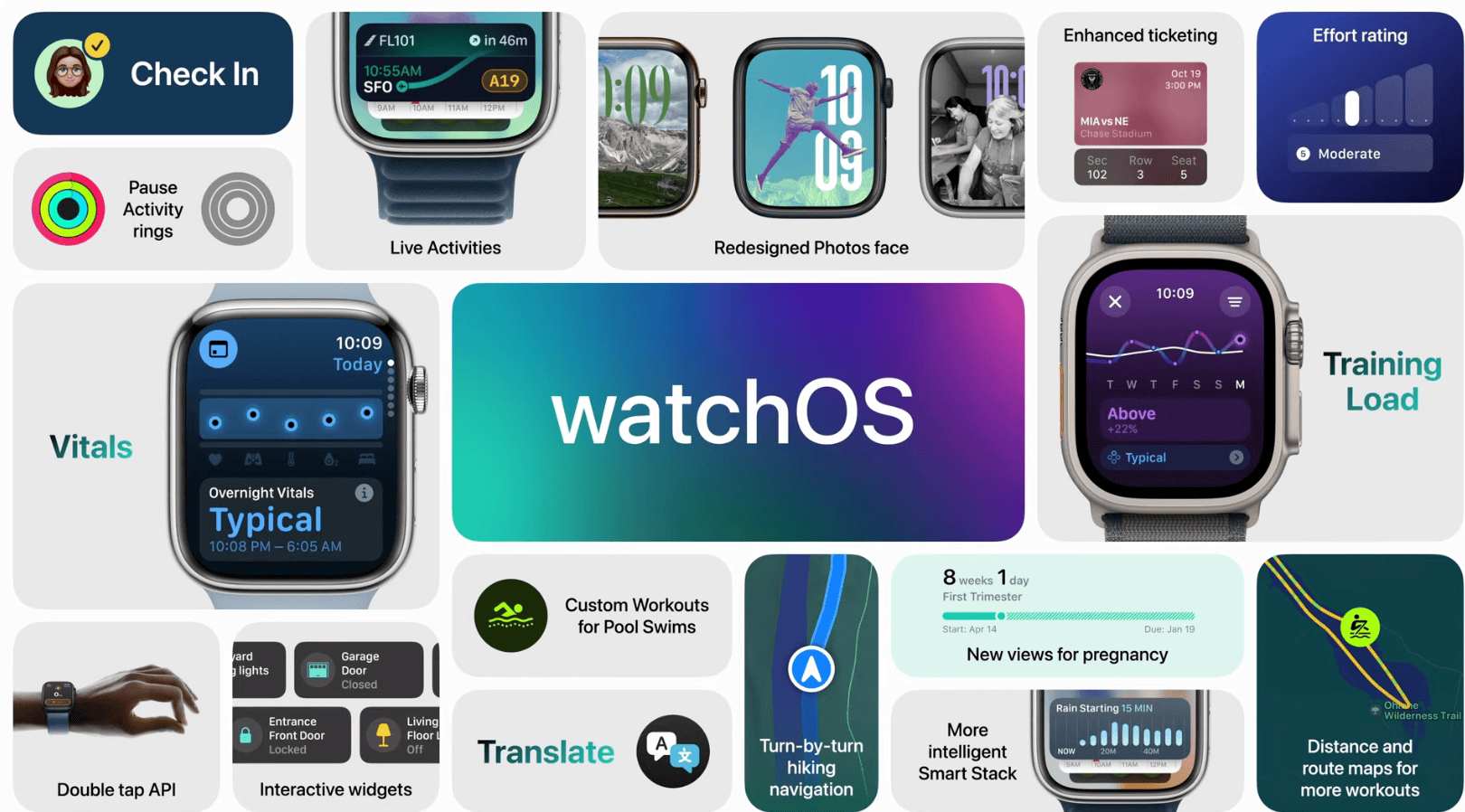
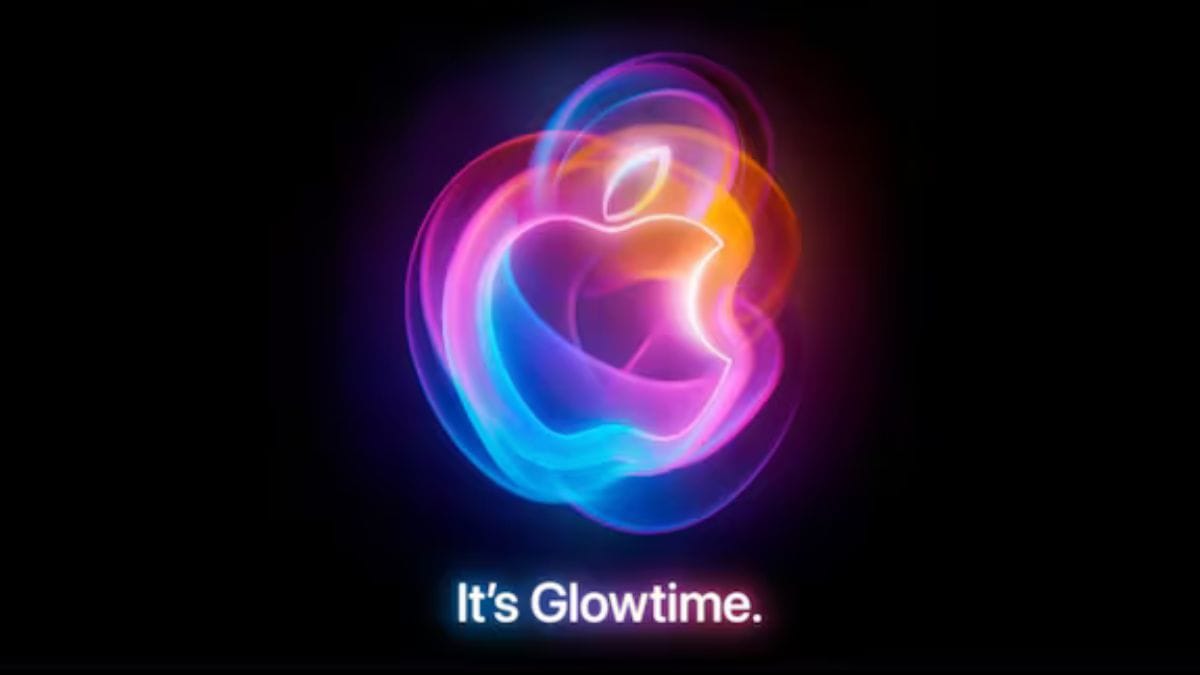

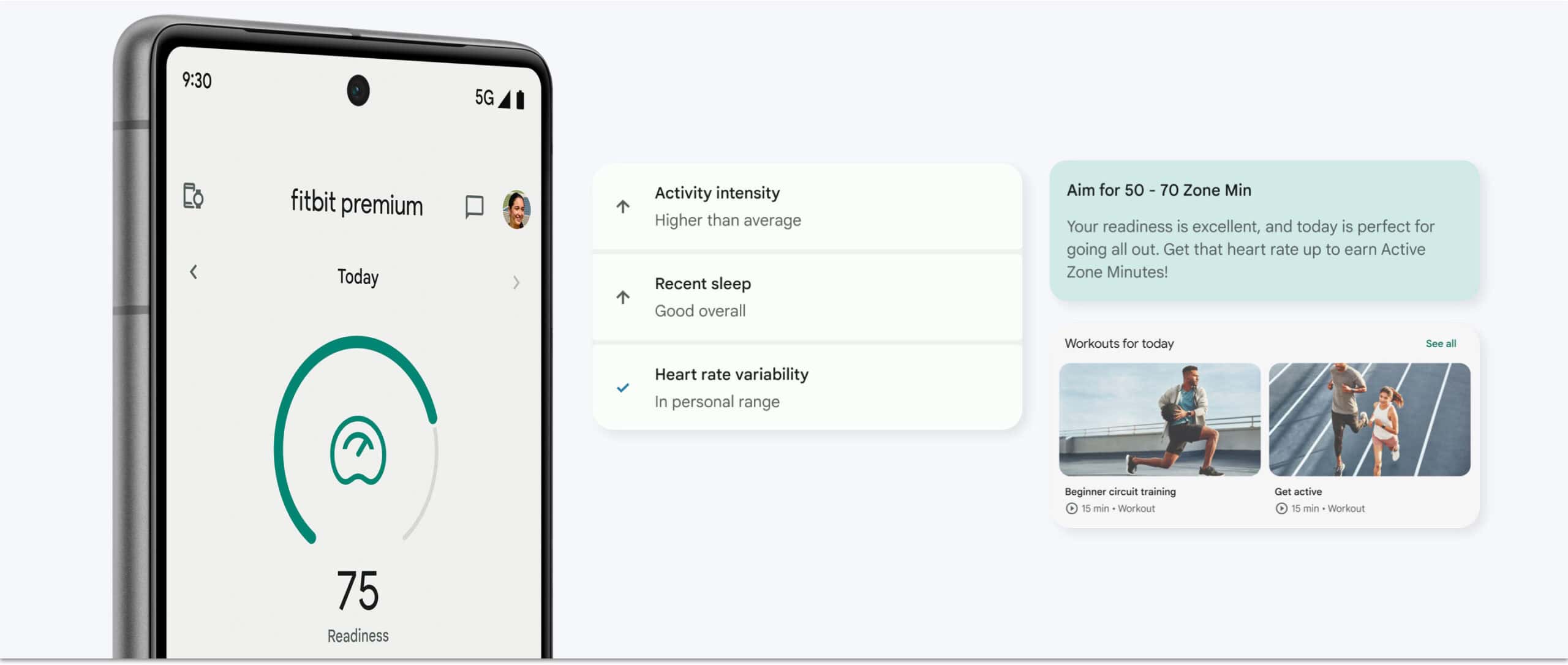



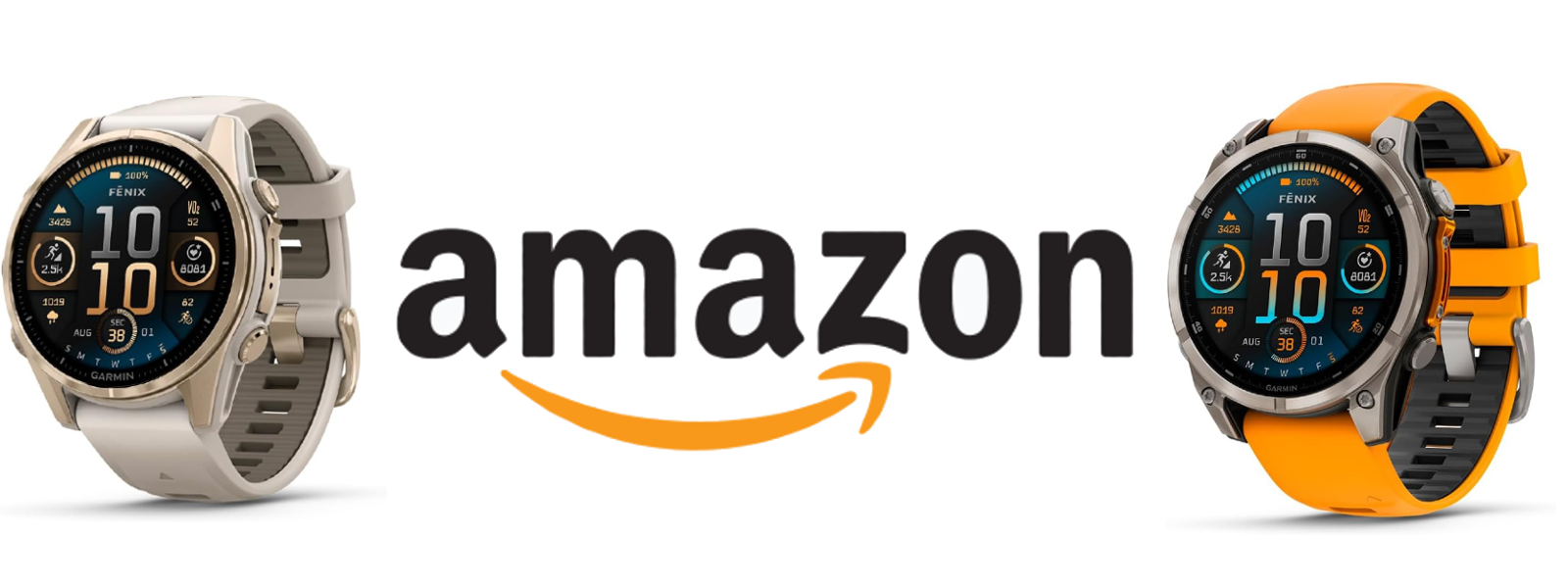
I’ve been tracking Apple a bit. There were some rumors that suggest non-invasive CGM could be possible in the next couple of years and then other rumors which suggested non until the end of the Decade.
https://www.macrumors.com/2023/03/26/apple-watch-blood-glucose-up-to-seven-years-away/